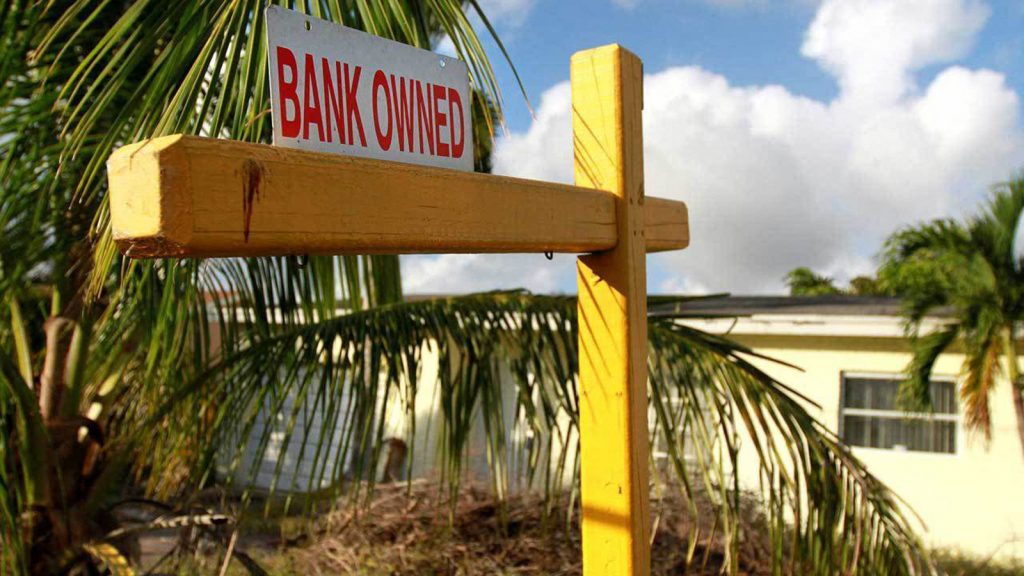Historical Data Suggests Recession Could Follow Oil Spike
Crude oil prices skyrocketed during Q1 2022, and historical data shows that can often lead to contractions in the underlying economy.

The price of a barrel of crude oil was up more than 60% year-to-date at one point in March. And while prices have moderated slightly in recent days, crude is still up nearly 50% in 2022.
Crude oil prices started the year trading about $75 per barrel and are now trading north of $110 per barrel. That’s a jaw-dropping move in such a short time—one that’s specifically attributed to the outbreak of a full-scale war in Eastern Europe.
Russia is one of the world’s top three producers of crude oil, so prices have been climbing on fears that a supply shock could develop in the market.
A supply shock could unfold if enough countries were to boycott Russian oil exports to express their displeasure with war, or if Russia itself decided to suspend exports of crude oil as a response to economic sanctions from the West.
Unfortunately, the extreme spike in crude oil prices appears to have sparked another alarming concern as well.
According to historical data, dramatic spikes in the price of oil (climbing 50% above the recent trend) often signal that the likelihood of an economic recession has risen significantly—a troubling historical trend illustrated in @biancoresearch‘s tweet below.
Not every recession is led by a 50% rise in crude.
But every 50% rise in crude has led a recession. pic.twitter.com/PN3vWuzQj9
— Jim Bianco biancoresearch.eth (@biancoresearch) March 3, 2022
While there’s no guarantee that history will repeat itself in 2022, the fact that economic recessions have historically taken hold in the wake of similar oil rallies is certainly notable.
Oil is vital to the economy because most consumers are exposed to it in some way, shape or form. And while electric vehicles (EVs) have started to penetrate the U.S. market, the vast majority of Americans (~97%) still power their vehicles using fossil fuels.
Oil is therefore highly visible in everyday life, which means that skyrocketing prices may already be weighing on consumer confidence.
Previous research on consumer behavior has illustrated that many families respond to economic shocks, like skyrocketing oil prices, by saving more money and postponing major purchases, the type of consumer behavior that can feed an economic contraction.
Rising economic uncertainty may also help explain why the stock market has underperformed so far in 2022. As of March 9, the S&P 500 is down about 12.5% year-to-date, while the Nasdaq 100 is nearing “bear market correction” territory, having dropped by nearly 19% since the start of the year.
Notably, all of the major economic recessions in the 20th century have been accompanied by deep declines in the stock market (2001-2002, 2008-2009, and 2020), which is why the potential for another recession—if one materializes—is especially troublesome.
In terms of historical context, there have been 12 major bear markets in the U.S. stock market since 1946, and 10 of those were accompanied by recessions or depressions.
For stock indexes, a “normal” market correction is typically defined as a pullback of at least 10%, whereas a major correction of 20% or more is typically referred to as a “bear market.”
Of the last 12 bear markets, listed below, only two did not coincide with an economic recession or depression (1962 and 1987). The data below highlights the months and years of the market bottoms, as well as the percent declines in the S&P 500 or Dow Jones Industrial Average.
- May 1946 (-21%)
- June 1948 (-20%)
- October 1957 (-21%)
- June 1962 (-28%)
- October 1966 (-22%)
- May 1970 (-36%)
- October 1974 (-48%)
- August 1982 (-27%)
- December 1987 (-33%)
- October 2002 (-49%)
- March 2009 (-57%)
- March 2020 (-34%)
- March 2022 (-12.5%, year-to-date)
If the S&P 500 were to drop to 3,800 in 2022, that would mark the 13th major market correction since 1946 and the second since the start of 2020.
With the S&P 500 (-12.5% year-to-date) is currently stuck between a normal market correction and a bear market correction, investors and traders will likely be watching closely to see what develops next.
And the current spike in oil prices—indicating that a recession may be on the horizon—is certainly another important data point for market participants to consider.
To learn more about the impact of the Russo-Ukrainian War on the global financial markets, readers are encouraged to review this new installment of Truth or Skepticism featuring tastytrade co-founder Tom Sosnoff and longtime market pundit Dylan Ratigan.
For more information about trading the crude oil sector, this episode of Futures for Rookies is also recommended. To follow everything moving the markets, readers can also tune into TASTYTRADE LIVE weekdays from 7 a.m. to 4 p.m. Central Time at their convenience.
Get Luckbox! Subscribe to receive 10-issues of Luckbox in print! See SUBSCRIBE or UPGRADE TO PRINT (upper right) for more info or visit getluckbox.com.
Sage Anderson is a pseudonym. He’s an experienced trader of equity derivatives and has managed volatility-based portfolios as a former prop trading firm employee. He’s not an employee of Luckbox, tastytrade or any affiliated companies. Readers can direct questions about this blog or other trading-related subjects, to support@luckboxmagazine.com.



















